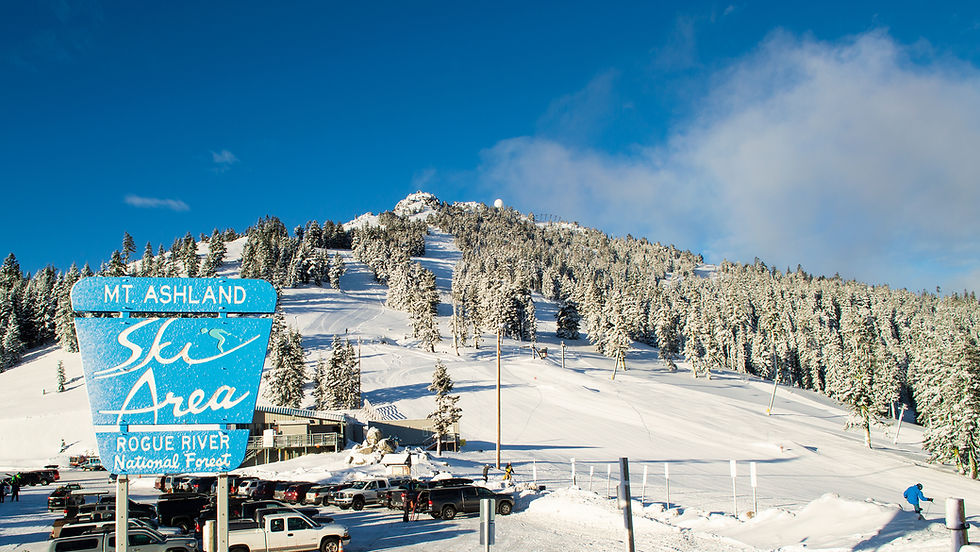Look Down!
- Beth Boos
- Mar 15, 2024
- 2 min read
Trees are rushing by as you fly down the hill. All you can hear is your breath as you glide over the snow, the wind biting at your cheeks. Looking down, the snow is rushing under your feet, making a satisfying muffled sound. When you look up, snow cascades off a tree branch, snapping back up after the weight is lifted. The snow glistens as the sun peeks out from behind the clouds. Just for a minute, you worry about how long the snow will last.
But have you ever wondered where the snow goes as it melts?
Snowpack at lower elevations begins to melt first. It flows into small streams and is carried down the mountain. It also seeps underground, providing a needed recharge for the aquifer below. This process is essential because it makes our water resources more resilient for summer and droughts. Shallow aquifers allow for water to infiltrate fairly quickly, but deep aquifer recharge can take years or even centuries. At higher elevations, the snowpack tends to stick around longer. This delay allows for stream flows to be more stable over time. This runoff supplies drinking water, irrigation, and cold water for native wildlife and riparian forests.

Figure by California Water Boards
In the Rogue Valley, drinking water is drawn from the Rogue River, and some of its tributaries, Lost Creek Reservoir, and Big Butte Springs. These water bodies are fed by mountain snowmelt, including the small tributaries at high elevations of surrounding mountain ranges. The Rogue Drinking Water Partnership (RDWP) is a coalition of water providers, environmental groups, and municipalities that are working together to provide clean, safe drinking water throughout the basin.
So the next time you’re skiing or snowboarding down Mount Ashland or in the Cascades, remember that your drinking water is under your feet, skis, and snowboards!
Feature Photo Credit: Mt Ashland Association





Comments